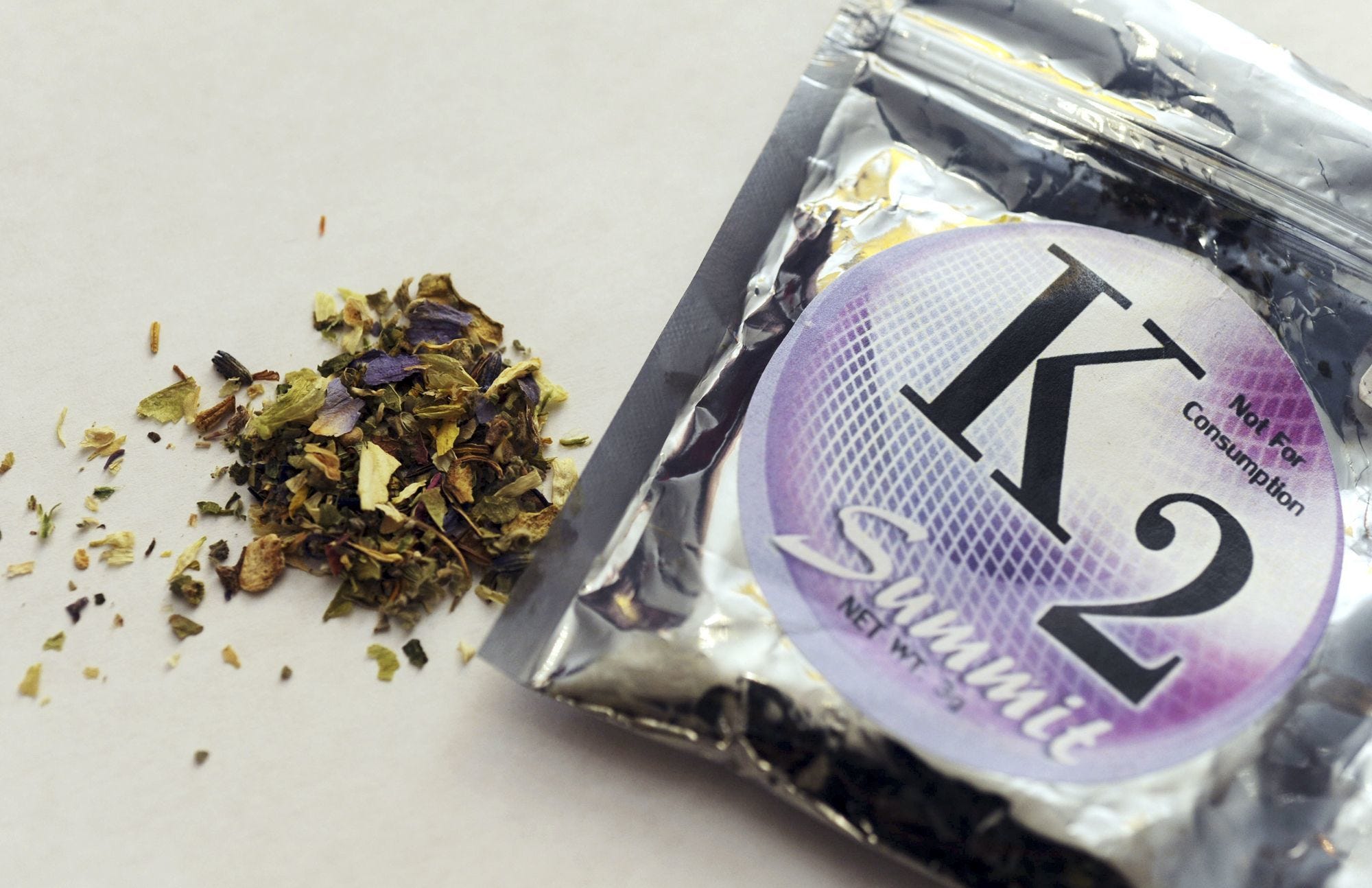"It didn't treat me, but it gave me the chance to get the rest I needed to recover, and I had the ability to work at a much higher level than with the painkillers, which made me awaken foggy every day," he stated. "With marijuana, I can consume it during the night and wake up with a clear head."Cannabis is an especially reliable treatment for people who require aid with pain management, along with those with sleep conditions or anxiety; however, "there are numerous conditions that it treats," Rinella said.

Medical decisions should not be made based upon marketing. Consult a physician on the benefits and risks of specific medical marijuana products.
The outcomes of Article source an online survey, making up 95 participants, included in the Journal of Option and Complementary Medication in 2014. The scientists found that individuals chosen indica pressures for discomfort management, sedation, and sleep while they would select sativa stress to enhance energy and state of mind. Concerning discomfort Browse around this site management, participants reported a statistically substantial result when utilizing indica for: It is, nevertheless, crucial to keep in mind that this research study had several restrictions.
Participants did not use the cannabis in a controlled setting, possibly leading to differences in drug structure, dosage, and strength. Another research study taken a look at the use of organically grown sativa and indica strains in the treatment of several medical conditions. Simply over half of the participants were utilizing cannabis to deal with HIV.
The results suggested that indica strains are more most likely to enhance energy and hunger, while both sativa and indica pressures can alleviate queasiness to a comparable degree. Marijuana contains substances that might ease discomfort, nausea, and other symptoms. The components of marijuana that most studies focus on for discomfort relief are cannabidiol (CBD) and tetrahydrocannabinol (THC).
CBDTHC looks like the cannabinoid chemicals that happen naturally in the body. When people consume or inhale THC, it the brain's cannabinoid receptors. This triggers the brain's reward system and reduces pain levels. THC is a psychedelic substance as it binds to cannabinoid receptors and produces an elevated state of mind, referred to as a high.